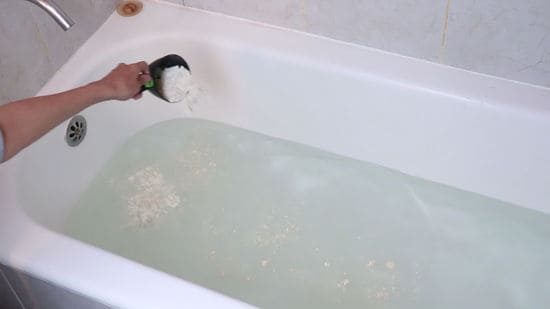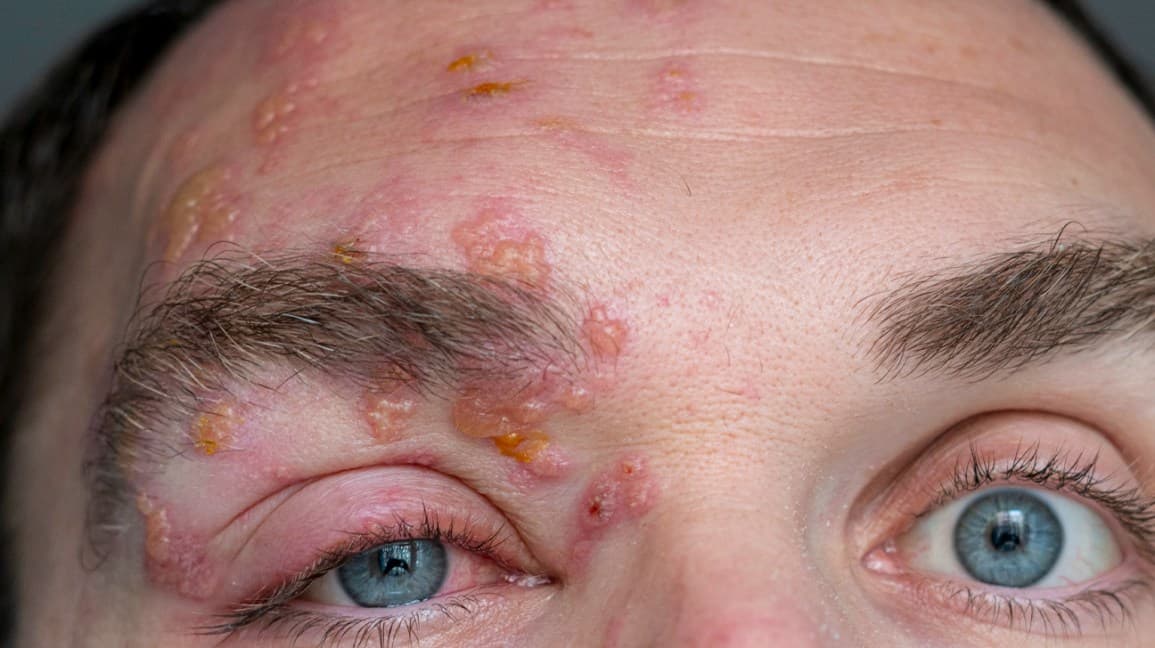If you have ever had the painful rash that is called shingles, then you know how unpleasant it can be. There are many people who get this condition and don’t know what causes of shingles they may have or why they got them in the first place. This article will help to answer some of these questions by providing a detailed explanation about what causes of shingles there are, as well as how to prevent them from occurring again in the future.
What is shingles
Shingles is a viral disease of the nerves that causes a burning, itching rash of tiny blisters on a band of skin anywhere on the body. Even after the irritation has faded, discomfort may persist for months.
- Shingles typically affects adults 60 years old and older; and is relatively rare in children.
- A rash most often appears on the trunk and bottom, and generally fades in one to two weeks.
- Although pain medications may help relieve some of the discomfort, the condition has to run its natural course.
What causes shingles?
Shingles are caused by the varicella-zoster virus, which is the same virus that causes chickenpox. After you have had chickenpox, the virus stays in your body in a dormant state. For some unknown reason, it may reactivate and cause shingles.
There are several factors that can increase your risk of developing shingles. They include:
- A weakened immune system due to illness or medications, including cancer treatments and steroids
- Being 60 years of age or older
- Being a man over the age of 40
- Having certain medical conditions that affect your nervous system, such as diabetes.
- You are also at risk if you have had an organ transplant.
What causes shingles
The virus that causes chickenpox can lie dormant in a child’s body and reactivate several years later to cause shingles. It is not clear why this happens. But it seems kids who get infected with chickenpox before puberty are at increased risk for developing herpes zoster as an adult.
The good news about shingles is there are things you can do to avoid getting them or lessen your chances of having severe symptoms if you do get them.
People whose immune systems should be very careful. They also should stay away from anyone with chicken pox or other viral infections such as herpes, Epstein-Barr virus (EBV), or cytomegalovirus (CMV).
How to treat shingles

There are several antiviral medications (acyclovir, valacyclovir, and famciclovir) that can be used to treat shingles and reduce the duration and severity of the condition. These medicines work best if you take them as soon as possible after the rash appears.
You also should try to keep the rash dry and exposed to air as much as possible. Over-the-counter pain relievers, such as ibuprofen (Advil, Motrin IB) or acetaminophen (Tylenol), may help relieve some of the discomfort. But don’t give aspirin to children who have chickenpox; it has been linked to a rare but serious illness called Reye’s syndrome.
Shingles can cause severe itching, which may be relieved by over-the-counter or prescription pain medicine. Calamine lotion, wet compresses, and colloidal oatmeal baths (a warm bath with ground up oats) might help to ease the itching.
If you suspect you have shingles, contact your doctor right away to discuss treatment options.
Is shingles painful?
Unfortunately, yes for most. The shingles rash is sometimes accompanied by pain that can be moderate to severe. It can be extremely unpleasant for others. Even a light breeze might cause discomfort. Without developing a rash, some people experience severe agony. This nerve pain often occurs before the skin eruption and may last for several weeks or months after the blisters heal
Some patients with shingles experience only minor symptoms, such as tingly or itchy skin.
The pain caused by shingles typically affects the nerves in these areas:
- face
- neck
- chest
- lower back
Anti-inflammatory or antiviral drugs, along with nonsteroidal anti-inflammatory drugs (NSAIDs), may be prescribed to help with the discomfort. Our immune systems alter how our sensory neurons function after being triggered by the reactivation of the varicella-zoster virus, according to a 2017 research.
Is shingles airborne?
Shingles is not airborne but rather transmitted through direct contact when blisters come into contact with broken skin in close proximity such as what occurs when you hug a friend that has them. It cannot spread via coughing, sneezing, hugging or handshaking either.
How contagious is shingles
Shingles is not contagious. However, the varicella zoster virus that causes shingles can be spread from a person with active shingles to others who have never had chickenpox or received the vaccine through direct contact. The risk of transmission increases if blisters are ruptured and exposed fluid comes into contact with an uninfected individual’s mucous membranes such as what happens when you touch your eyes or nose after touching a contaminated surface. You cannot catch shingles from someone else who has them because it doesn’t spread via coughing , sneezing, hugging nor handshaking either . Shingles in children Most individuals develop chickenpox before age 15 years so few people under this age get shingles
How to prevent shingles
There are several things you can do to help prevent shingles, including:
- Get vaccinated. The shingles vaccine (Shingrix) is recommended for adults 60 years and older. It is more than 90% effective at preventing shingles and its complications.
- Stay away from anyone with chickenpox or other viral infections such as herpes, Epstein-Barr virus (EBV), or cytomegalovirus (CMV) if your immune system is weakened.
- Take antiviral medications if you have had shingles before. These medicines work best if you take them as soon as possible after the rash appears. If you suspect you have shingles, contact your doctor right away to discuss treatment options.

